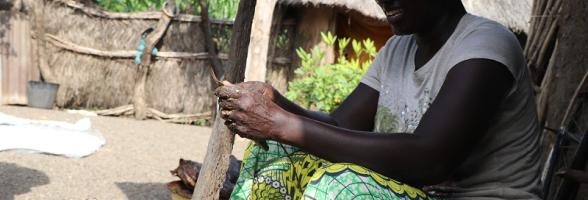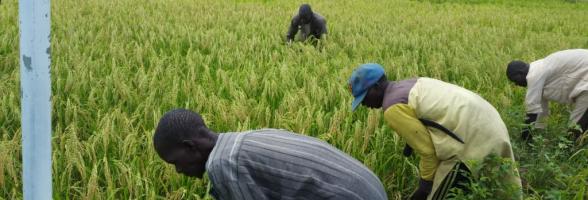Amid the increasing realities of poverty and its gender dimensions in Nigeria, greater commitment to and efficient allocation of public resources in the country’s food sector, using gender-responsive perspectives, have been associated with enabling countries to close gender gaps and improve livelihoods. Across Africa, country-specific evidence shows that gender-responsive budgeting (GRB) helps deliver access to services that enhance better outcomes for women, men, and excluded groups in agriculture and across the value chain.
This is particularly important as empirical evidence shows that GRB serves as a valuable tool for ensuring that projects and programs addressing the needs of smallholder farmers are captured in government budgets, implemented, and properly overseen.
This policy brief reviews existing studies on GRB and analyzes the 2024 budget for the Ministry of Agriculture to identify entry points for GRB and poverty eradication by prioritizing projects and programs that address the needs of smallholder farmers. The study adopts a desk review approach in preparing its synthesis report. It reviews existing studies and reports on GRB from other countries and draws lessons for Nigeria. The study found that:
- Nigeria has one of the highest proportions of women participating in the agricultural sector in Africa, yet it ranks poorly in the global gender gap index. In 2022, Nigeria ranked 123rd out of 146 countries with a score of 0.639 and 130th out of 146 countries in 2023 with a score of 0.637. Although there have been efforts over the years to enhance access to public services and address the challenges faced by smallholder farmers, the results have not been as desired. Studies such as Parpart (2014) attribute this unimpressive result to a gap between policy and its implementation, a lack of institutional commitment and leadership, and resistance to gender mainstreaming.
- While most studies on gender budget analyses focus on the expenditure side, such analysis could be extended to revenue-side analysis as well. However, because sources of revenue are also not directly linked with expenditure lines, gender-responsive analysis of the budget often focuses on the expenditure side. The analytical context for conducting gender-aware assessments identified in the literature includes: (i) analysis of the situation of women, men, girls, and boys in a given sector; (ii) assessment of the extent to which policies address the gendered situation; (iii) assessment of whether budget allocations are adequate to implement gender-responsive policies; (iv) assessment of short-term outputs of expenditure to evaluate how resources are actually spent and policies and programs are implemented; and (v) assessment of the long-term outcomes or impacts expenditures might have.



